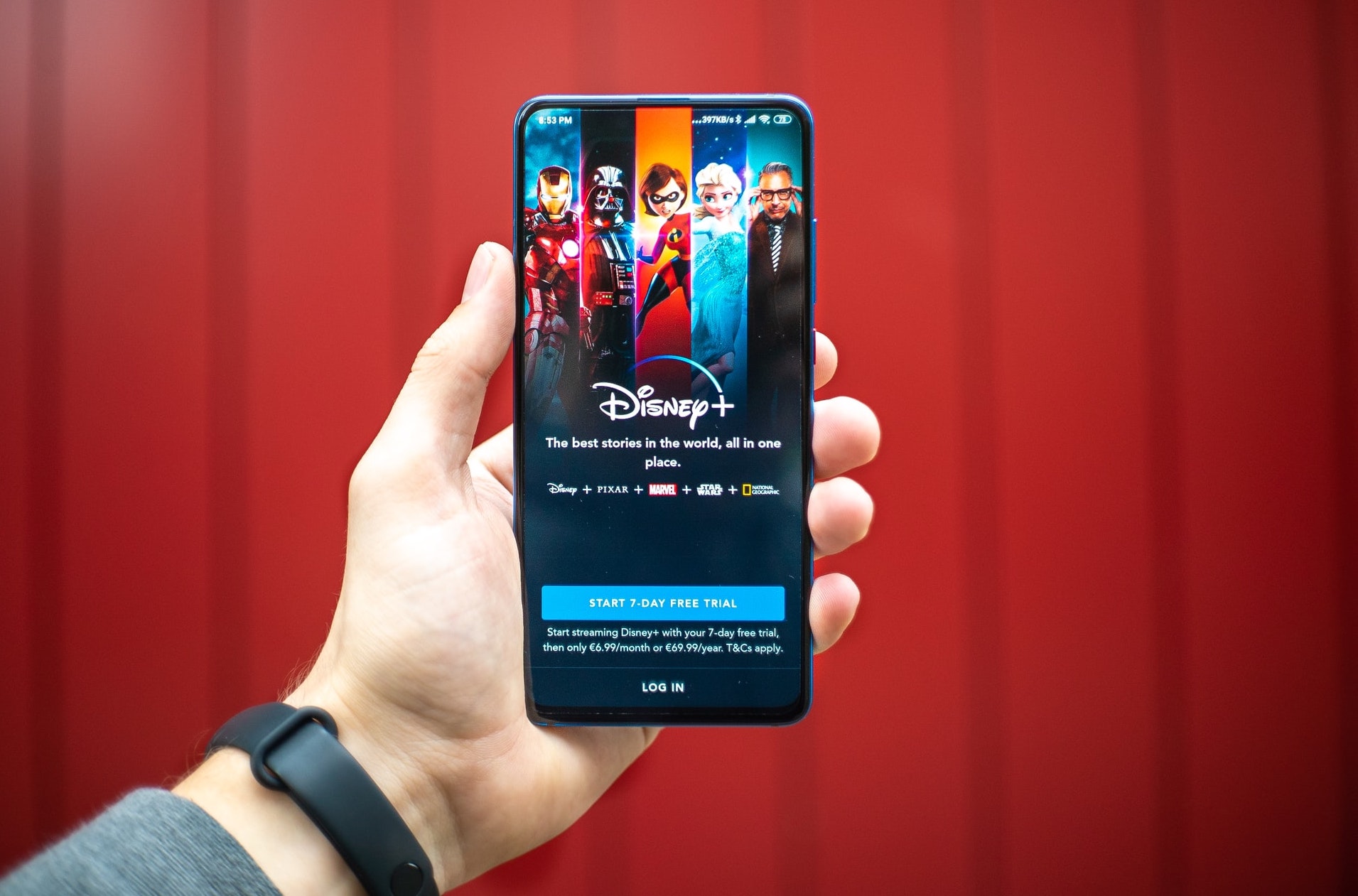2020 has already seen some unexpected shifts in the digital video and television landscape.
It’s no secret that linear television and digital streaming services have been battling for viewers for over a decade. However, in what is likely the biggest surprise of 2020 so far, the COVID-19 pandemic is turning the tide in the battle between linear and streaming viewing (at least momentarily).
Nielsen expects total media consumption to jump 60%, with a large portion of that increase appearing in live television viewership. According to Simulmedia, linear TV viewing alone has elevated to 7.9 billion more impressions since early March — substantially higher than pre-crisis levels. Here is a breakdown of the 2020 TV viewership uptick by age:
The development was tangible after the World Health Organization (WHO) declared the Coronavirus a pandemic on March 11. Each of the big-four U.S. broadcast networks (ABC, NBC, FOX and CBS) have seen ratings rise by the week.
The three major news networks saw a significant rise in nightly viewership compared to primetime 2019:
-
CNN gained 1.91 million viewers on average.
-
Fox News gained 1.15 million viewers on average.
-
MSNBC gained 0.43 million viewers on average.
Reality television also has gained a significant boost:
-
The total audience of “American Idol” grew three weeks consecutively.
-
On March 18, Ellen DeGeneres’s “Game of Games” viewership rose 36%.
-
The finale of “The Bachelor” on March 11 was its most-watched episode since 2016.
While the severity of the pandemic may have been marginally unexpected on some fronts, the rise in media consumption is predictable. Historically, TV usage has risen during emergencies. For instance, during Snowpocalypse 2016 and Hurricane Harvey in 2017, local news consumption leapt as much as 56%.
This shift in viewership also impacted eMarketer’s estimates for digital video consumption. U.S. adults will spend an average of 2 hours per day with digital video this year, which grew by 19.4% compared to 2019. With the rise in unemployment, consumers are canceling their cable subscriptions and turning to a significantly cheaper alternative: streaming.
A Rise in New Streaming Services
The streaming market is vastly expanding in service options, yet this market is still largely dominated by the big-four services:
-
Netflix (with a 31% market share and subscriptions starting at $8.99 per month)
-
YouTube Premium (21%, $11.99 per month)
-
Hulu (12%, $5.99 per month)
-
Amazon (8%, $119 per year)
However, some of the world’s largest corporations have thrown their hats into the ring over the last two years, with many more on the way. This could mark the burst of the streaming bubble; Netflix’s share of U.S. daily video time peaked at 27% last year and is expected to drop to 25.7% by 2021. New services and recent launches include:
-
HBO Max — $15 per month: The package includes HBO’s premium service, new original series and a catalog of Warner Brothers films. It also includes television content from AT&T networks such as Cartoon Network, TNT, CNN, DC Comics, TBS, The CW and Turner Classic Movies. At launch, HBO Max will have exclusive rights to “Friends,” “The Big Bang Theory” and “The Fresh Prince of Bel-Air.” Launching May 27, 2020.
-
NBCUniversal Peacock — $4.99-$9.99 per month: Has exclusive rights to NBC properties such as “Law and Order: SVU,” “The Office” and “Parks and Recreation” along with content from Dreamworks, Universal Pictures, A&E, The History Channel and the recently purchased streaming platform Xumo. Plans are in the works for a reboot of “Saved by the Bell,” a continuation of the cult-classic 2005 reimagining of the sci-fi series “Battlestar Galactica,” and a new comedy by “30 Rock” creator Tina Fey. Launched in April 2020 for Comcast customers but available to everyone in July 2020.
-
Quibi — $4.99 per month: A short-form video platform with the motto “quick bites, big stories.” Specifically designed to appeal to mobile users. Plans are in the works for specialized content from industry veterans, including a horror series from Steven Spielberg (the platform will restrict you from watching until it's dark outside), and a set of horror series by Guillermo Del Toro (“The Shape of Water,” “Pan’s Labyrinth”) and Sam Raimi (“The Evil Dead,” the Tobey Maguire “Spiderman” films). Launched in April 2020.
-
Apple TV+ — $5 per month: The least expensive paid TV option but with a smaller catalog and a focus on its nine new original series. Future plans for a reboot of Steven Spielberg’s “Amazing Stories” and a series from “Star Wars” director J.J. Abrams are included. It does not require an Apple TV. Launched in November 2019.
-
Disney+ — $7 per month: Includes a wide selection of Disney film properties from classics to “Star Wars” and Marvel, alongside Disney Channel TV shows and a smattering of family-friendly documentary options. Plans are in the works for three exclusive Marvel “Avengers” spinoff series. Launched in November 2019.
-
Criterion Channel — $10.99 per month: Maintains a library of classic, foreign and independent films and launched in April 2019.
-
IMDB TV — free: Ad-supported Amazon service packaged with Amazon Prime.
-
DC Universe — $7.99 per month: A collection of DC films (The Christopher Reeves “Superman” films, “The Dark Knight” and “Wonder Woman”), TV series (“Doom Patrol,” “Titans”) and animated series (“Young Justice,” “Harley Quinn”). A rotating selection of DC’s comic library is included with the subscription. Launched in late 2018.
Shifts in Ad Spending
Despite the rise of TV ratings, it’s not quite time to expect a permanent broadcast comeback. As of March 30, an overall decline in pay TV viewership is still expected long term. According to eMarketer, a total of 80.5 million paid TV households exist in 2020, but that number is projected to drop to 69.6 million by 2023. Additionally, cord-cutter and cord-free households are expected to rise from 48.9 million to 61.5 million in the same timeframe.
People aren’t giving up on live TV — they’re just watching it elsewhere. It’s predicted that around 56% of digital video users in the United States will view live video content in 2020, with Hulu holding the largest audience (9.2 million viewers), followed by Sling TV (7 million) and Youtube (6.2 million).
When people consume content has shifted as well. Thanks to COVID-19, early daytime programming became the new primetime. According to Nielsen: “With the lifestyle changes created by stay-at-home orders, we saw more than 50% increases in streaming from 1 p.m. to 4 p.m. across markets between the weeks of March 2, 2020 and March 23, 2020.”
Despite the current rise in TV viewership, keep in mind that consumers will begin to phase into “normal 2.0.” This is expected to cause a steady decline in viewership due to less time spent at home — especially in 2021.
Magnify Your Media Value
In the constantly evolving “tra-digital” TV landscape, you need a smart media strategy to keep pace. MBI is a fully integrated media planning and buying agency that will ensure a media and brand value that far exceeds your investment. Connect with one of our media strategists to kickstart your video advertising strategy, whether in linear TV or streaming/digital OTT.

